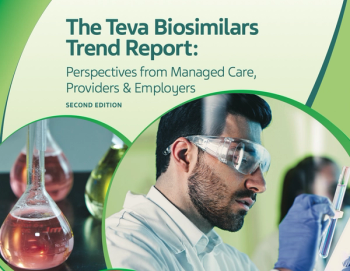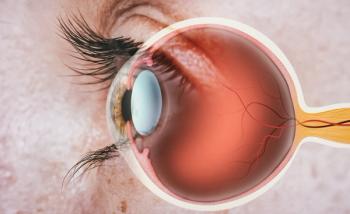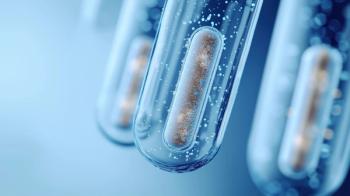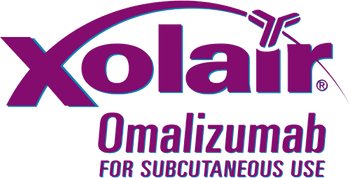
Researchers Urge Payers to Encourage, not Inhibit, Biosimilar Competition
Key Takeaways
- Education on biosimilar safety and effectiveness, and automatic substitution laws, are essential for increased uptake.
- Interchangeability allows pharmacists to automatically substitute biosimilars, similar to generic drugs.
Increased adoption of biosimilars requires regulatory changes, educational efforts, and PBM reimbursement policies that enable fair competition, argues Dr. Benjamin Rome in a new paper.
To improve uptake, new strategies from payers and pharmacy benefit managers to build confidence in biosimilars are suggested in a new
More education of patients and clinicians about the safety and effectiveness of biosimilars and laws that allow for automatic pharmacist substitution of biosimilars is needed, author Benjamin N. Rome, M.D., M.P.H., told Managed Healthcare Executive. Rome is a faculty member in the Division of Pharmacoepidemiology and Pharmacoeconomics at Brigham and Women’s Hospital in Boston.
But Rome and colleagues Anushka Bhaskar, M.Phil., and Aaron S. Kesselheim, M.D., JD, M.PH., argue that federal and state regulations are only just the beginning for increased access and use of biosimilars. In the AJMC paper, they wrote that “for pharmacists to freely substitute FDA-approved biosimilars, payers and their PBMs need to adjust reimbursement policies to be agnostic to which version of a biologic drug patients receive.”
Most FDA leaders, Rome said by email, do not feel like having a separate interchangeability status is necessary. “The reason Congress included the separate interchangeability designation for biosimilars is likely due to concerns raised by patients and physicians about minor differences between biologics and their biosimilars causing problems if patients were automatically switched from one to another. Because of the requirement, biosimilar makers have collected lots of data about patients switching to biosimilars to meet the interchangeability standard, and that data has been very reassuring.”
Interchangeability is necessary for patients to be automatically switched to a biosimilar by their pharmacist. “This sort of automatic pharmacy substitution is very common for generic drugs,” he said. “Currently, some biosimilars are not designated as interchangeable because until recently, the FDA required specific evidence to get this designation, and not all biosimilar makers collected this evidence.”
Competition in the generic drug market has been effective in lowering costs for small molecule drugs. Drug prices decline by 20% when there are three competitors and 70% to 80% with 10 or more competitors three years after the first generic entry, according to a
Allowing substitution of generics at the pharmacy level has been effective in increasing the access and use of these lower-cost drugs, according to a
As a whole, biosimilars have generated $56.2 billion in savings since 2015, according to a
On Oct. 29, 2025, the FDA issued a
PBMs, Rome and his colleagues wrote, have addressed the reimbursement of biosimilars similar to that of branded drugs: negotiating separately with manufacturers for rebates and formulary position. This, along with PBMs’ introduction of private-label biosimilars, may provide short-term savings for patients and the health system but “might dissuade companies from investing in developing future biosimilars without assurance that their product will generate sufficient sales to cover these costs.”
Rome told Managed Healthcare Executive that we need policy changes that prevent insurers and PBMs “from interfering with biosimilar competition, such as banning rebates for brand-name biologic drugs once biosimilars become available.”
Newsletter
Get the latest industry news, event updates, and more from Managed healthcare Executive.



















































